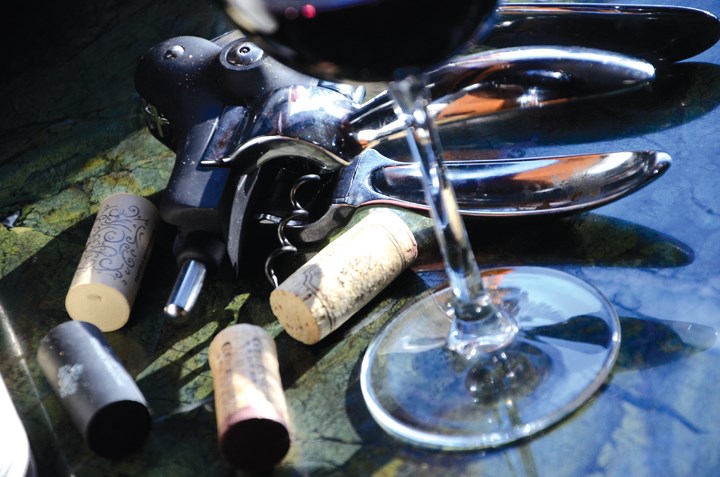This week I got my nose into a whole bunch of new varieties although, as it turned out, most of them weren’t that new.
Just east of Toulouse is one of seven regional offices of l’Institut Français de la Vigne. This particular outpost concerns itself with “le Sud-Ouest,” home to France’s largest production by volume, the Languedoc.
The biologists, viticulturists, scientists and many others who work here are very much wired in to the realities of wine past, present and future.
However, what makes this corner of the country so interesting is that the region is the indigenous home to 130 of France’s 388 “known” varieties and mutants. Not to mention a whole lot more, including a few survivors of what used to be a considerable number of wild vine forest species.
The 12 principal indigenous southwest grapes range from better-known Cabernet Franc, Malbec, Tannat and Colombard (and their forebears), to the lesser-known Fer Servadou, Duras, Negrette and Gros Manseng, to the nearly vanished Prunelard.
The latter (traced from Greco-Roman times) is a beautiful plummy and peppery drop that lives up to its name.
There may be only 40 hectares under vine but its presence in ongoing research is vital, particularly as the climate seems bent on shifting. Institutes such as this are vital to the survival of any wine region.
To understand that, all you need do is look at our own Pacific Agri-Food Summerland research centre. Chances are you won’t be tasting a whole lot of Len de L’El, Mauzac or Petit Manseng any time soon, at least not knowingly.
However, what is striking is the recent growth in popularity of varieties such as Cabernet Franc and Malbec, and their propagation globally that’s turned them into household names. A century ago these strains were virtually confined to their home turf and probably considered unlikely candidates as single varietal stars in Chile or a far flung part of Canada.
In addition to the ongoing scientific research, a core group of Gaillac organic winemakers is intent on preserving these heritage grapes for posterity and making some impressive wines while they’re at it.
They include Domain de Brin, whose Daniel Bonnet makes Anthocyanes 2012 (Gaillac), a seductive and superbly structured, deep black-fruited and black peppery blend of Braucol (70 per cent) and Syrah, hand picked from low yields. I’ll let you know if and when any show up on these shores.
• • •
One man who knows a thing or two about grapes and where they come from is John Schreiner, who’s rightly hailed as Canada’s most prolific wine writer.
The Fifth Edition of Schreiner’s Okanagan Wine Tour Guide (updated and expanded) is now available. As comprehensive and as thoroughly researched as ever, I’d suggest it’s perhaps the best yet, as it covers the spectrum of producers, from pioneers to just-as-gutsy, barely-in-the-ground newbies, whose common passion is the vine (Whitecap Books, $19.95).
• • •
Belly’s Best
Haywire Pinot Gris 2013
This hallmark B.C. Pinot Gris sports lifted citrus and orchard notes followed by a vibrant, clean and juicy palate, lemon-lime and green apple, with good mouth feel and texture. Think simple seafood such as pan-seared scallops with beurre blanc or grilled chicken and Waldorf salad (BCLS $19.90, 90 points).
Tim Pawsey writes about wine for numerous publications and online as the Hired Belly at hiredbelly.com. Contact: [email protected].



